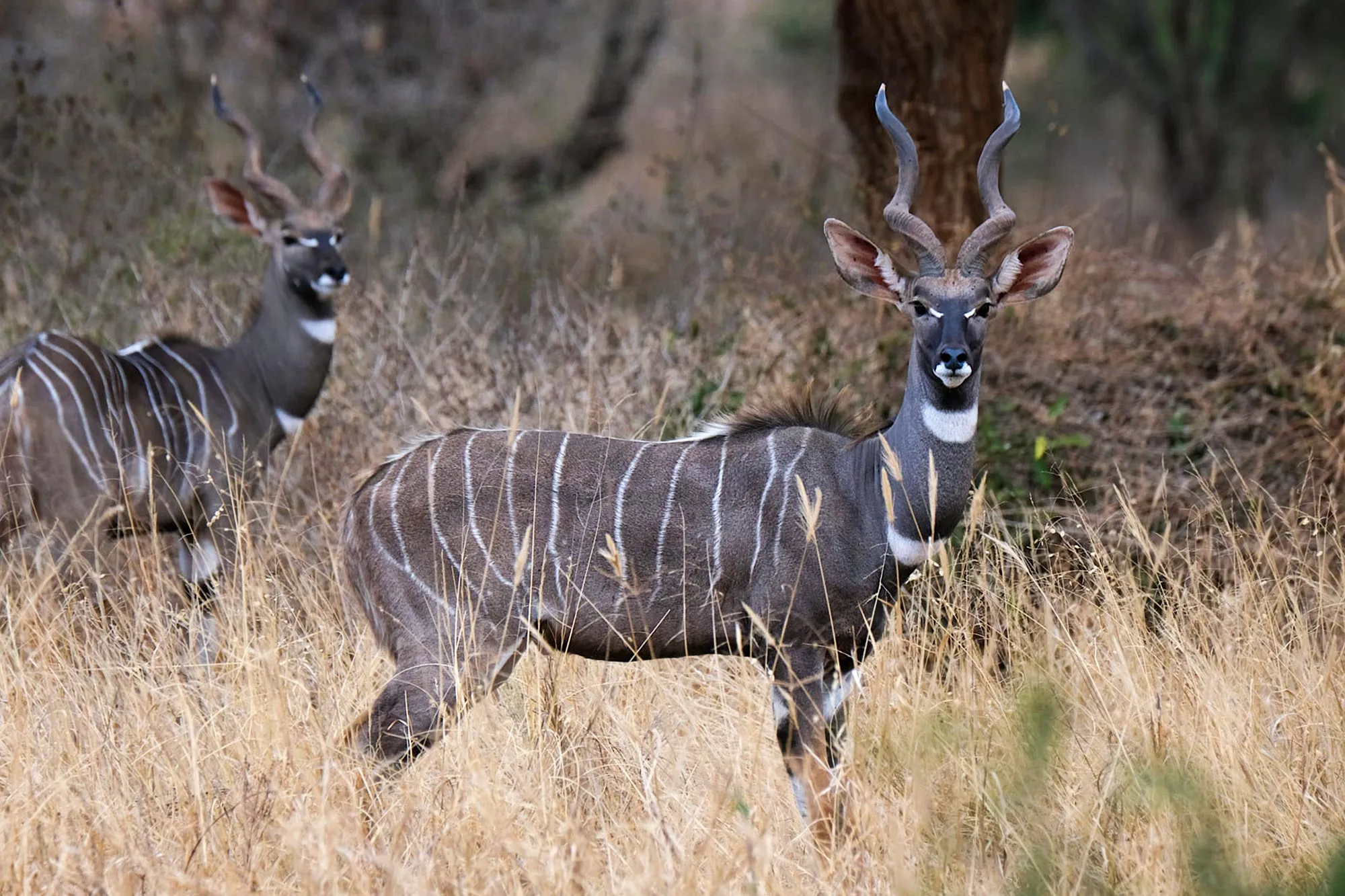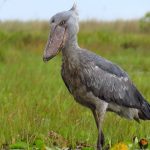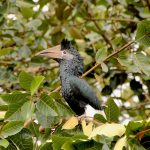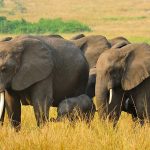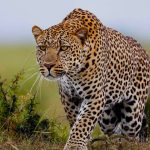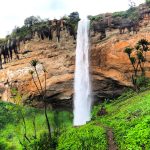Exploring the Wonders of Matheniko Game Reserve: “A Hidden Gem in Nature’s Bounty”
Matheniko Game Reserve – Rich Biodiversity, situated in the Karamoja region of northeastern Uganda, Matheniko Game Reserve is a haven for diverse wildlife and a testament to the country’s commitment to conservation. This expansive reserve covers approximately 1,520 square kilometers and is characterized by rugged terrain, open savannahs, and impressive mountain ranges. The reserve is part of the larger Kidepo Valley Conservation Area, which includes Kidepo Valley National Park and Bokora Wildlife Reserve. Matheniko Wildlife Game Reserve, though less known than some of its counterparts, is home to a remarkable array of wildlife.
Mammals at Matheniko Game Reserve.
African Elephant (Loxodonta africana):
Matheniko Wildlife Game Reserve provides a habitat for a population of African elephants, the largest land mammals on the planet. These majestic creatures roam freely across the reserve, utilizing its diverse landscapes.
Buffalo (Syncerus caffer):
Herds of Cape buffalo can be observed grazing in the grasslands of Matheniko. These formidable animals are known for their strength and are an integral part of the reserve’s ecosystem.
Lion (Panthera leo):
Lions are the apex predators in Matheniko, and visitors may witness them prowling the savannah in search of prey. The reserve offers a unique opportunity to observe these big cats in their natural habitat.
Leopard (Panthera pardus):
Elusive and solitary, leopards also call Matheniko home. Their superb camouflage and stealth make them a thrilling sight for lucky visitors.
Giraffe (Giraffa camelopardalis):
The elegant giraffe, with its long neck and distinctive spotted coat, can be spotted browsing the treetops in the more wooded areas of the reserve.
Zebra (Equus zebra):
Plains zebra, characterized by their black and white stripes, are a common sight in Matheniko. Their presence adds to the overall diversity of herbivores within the reserve.
Birds at Matheniko Game Reserve.
Secretary Bird (Sagittarius serpentarius):
This striking bird, known for its long legs and distinctive crest of feathers on its head, can be seen striding across the grasslands in search of prey.
African Fish Eagle (Haliaeetus vocifer):
The shores of the Narus River, which flows through Matheniko, provide an ideal habitat for the African Fish Eagle. These raptors are often seen perched on trees near water, waiting to swoop down on fish.
Kori Bustard (Ardeotis kori):
The Kori Bustard, one of the heaviest flying birds, is a ground-dwelling species found in Matheniko. Their impressive size and distinctive plumage make them a sought-after sighting for birdwatchers.
Ostrich (Struthio camelus):
The open plains of Matheniko are home to ostriches, the largest birds in the world. Their long legs and powerful running ability make them well-adapted to the arid landscapes.
Reptiles at Matheniko Game Reserve.
Nile Crocodile (Crocodylus niloticus):
The Narus River and other water bodies in Matheniko provide a habitat for Nile crocodiles. These formidable reptiles are often seen basking in the sun along riverbanks.
Rock Python (Python sebae):
Among the reptilian residents of Matheniko is the rock python. These large constrictors are well-camouflaged in the rocky terrain, making them challenging to spot.
Conservation Efforts:
Matheniko Wildlife Game Reserve is not only a sanctuary for wildlife but also a testament to Uganda’s commitment to conservation. Efforts to combat poaching and habitat destruction, coupled with community involvement, have contributed to the protection of this unique ecosystem. The reserve serves as an important link in the broader conservation landscape of the Kidepo Valley Conservation Area, preserving biodiversity and providing a platform for research and ecotourism.
Remarks on Matheniko Game Reserve.
In conclusion, Matheniko Wildlife Game Reserve stands as a testament to the rich biodiversity of Uganda. Its diverse landscapes support a wide array of flora and fauna, making it a must-visit destination for wildlife enthusiasts and conservationists alike. As we continue to recognize the importance of preserving our natural heritage, Matheniko serves as a shining example of successful conservation efforts in the heart of Africa.

